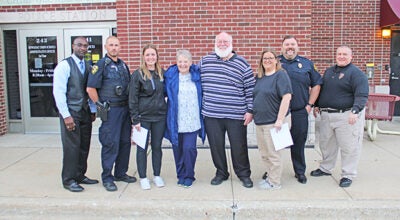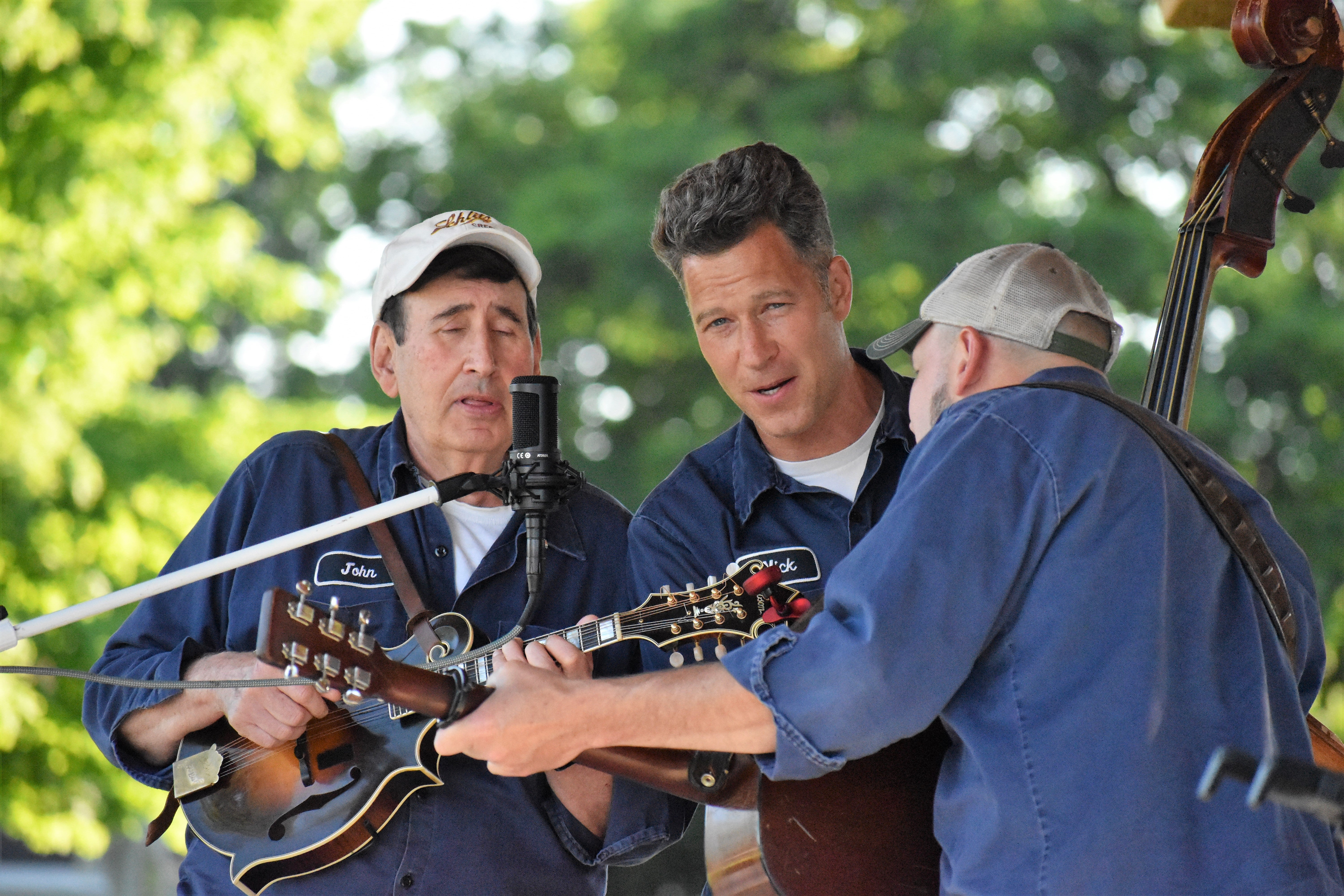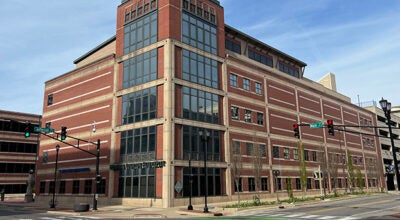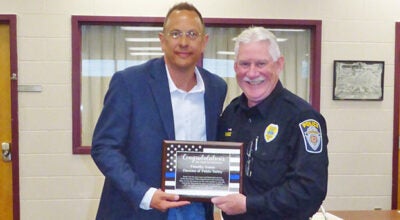Cass County road projects detailed for millage request
Published 8:41 pm Thursday, December 1, 2011
CASSOPOLIS — A detailed plan for addressing Cass County’s primary road system has been developed showing where road millage money will be spent, if the levy passes Feb. 28.
In light of reductions in state and federal funding for roads and no change expected in the future, the Cass County Board of Commissioners Nov. 17 approved the Cass County Road Commission’s request for placing the issue of road funding before the voters.
It will be the second time in four years road commissioners have asked for millage.
A request to levy half a mill for primary roads and half a mill for bridges failed in 2008 by a nearly two-to-one margin.
This time, voters will be asked to approve a levy of 1 mill on taxable property for each of five years, from 2012 through 2016, to pay for primary roads and streets in the cities and villages.
A mill represents one dollar per $1,000 of taxable value and would be expected to raise about $1.8 million in the first year.
By law, cities and villages would directly receive monies for the value of properties within their boundaries. The remainder, an estimated $1.6 million, would be directed to the road commission.
Based on the value of a median home, property owners would pay an additional $45 per year. The ballot language has two measures to ease voters’ concerns in the event adequate funds are once again provided to the road commission.
The word “may” is used in the application of the millage so that, if significant funds are restored at the state level, the millage would not be applied for that year. The millage also would run for five years, ending in 2016, a mid-election cycle.
Should road commissioners want to extend the millage, they would be required to pay for a special election in 2017 or wait until the next regularly scheduled election in 2018.
A ‘necessary’ expense
Road officials say the levy is necessary to continue repairing and maintaining the primary road system. A local road is from the home to the primary road and the primary roads moves traffic through the county.
Funds from state-controlled sources have been reduced 10 percent over the past eight years.
In 2011, funding was reduced by $501,189. Additionally, road construction and maintenance costs have risen 108 percent. In 2011, the increased cost of oil-based products, including gasoline, diesel fuel and liquid asphalt, was $49,628.
According to Pete Fournier, the appointed chairperson of the Better Roads for Cass County Committee, the road commission is trying to prevent future deterioration and preserve the primary road system while politicians debate the funding issues.
Fournier noted roads must be treated regularly to prevent moisture from entering the pavement and sub base and to continue addressing the greater loads from heavier traffic and equipment.
Development impacted
Members of the Cass County Economic Development Corp. have expressed concerns the deteriorating roads will negatively affect economic development in the county.
“Once moisture enters the sub base, it becomes soft and will not support the axle weight, resulting in pot holes, broken pavement and crushed shoulders,” said Fournier, noting that without proper maintenance and treatment, total road failure will ensue.
Cass County officials have taken notice of Gov. Rick Snyder’s statements on road funding, particularly his comment that “investments need to be supported by revenue raised locally.”
“One way to insure that new revenue has the biggest impact is to invest it in the highways and bridges that are most highly used,” Snyder said recently, suggesting that a new distribution formula for road funds be established based on road use and traffic.
Fournier said this implies that future state transportation funds will favor larger population areas such as Detroit and Lansing to the detriment of rural areas.
To address the financial crunch, the road commission sold $895,234 worth of unused land investments and equipment since 2006.
There is nothing else to sell, according to Fournier said.
The local plan for primary roads seeks to maintain or rebuild, if necessary, specific roads each year over the next three years. Roads scheduled for work during the final two years of millage funding will be determined once the construction costs are known, Fournier said.
www.Betterroadsforcasscounty.org
2013
Born Street from St. Joseph County Line to M-40
Adamsville Road from Indiana State Line to U.S. 12
Elkhart Road from Redfield Street to May Street
Redfield Street from Fir Road to Kline Road
Robinson Road from Osborn Street to 1 mile north of Mt. Zion Street
Sister Lakes from Van Buren County Line to Dixon Street
Dailey Road from .75 mile south of Pine Lake Street to Curtis Drive
Decatur Road from Crane Street to Brewer Street
Osborn Street from M-62 to Robinson Road
White Street from Barron Lake Road to Thomson Road
2014
White Street from Thomson Road to M-51
Redfield Street from Brande Creek Drive to Elkhart Road
Dailey Road from Mathews Street to M-62
Marcellus Highway from Finch Road to Burlington Road
Maple Street from the Village of Marcellus to Brody Street
Indian Lake Road from Frost Street to M-62
Mason Street from Calvin Center Road to Union Road
Wilbur Hill Road from Beeson Street to Mathews Street
White Temple Road from Shattuck Street to Quaker Street
Main Street from Vandalia Village limits to Jeffries Street
2015
Birch Road from Shavehead Lake Street to Sears Street
Brownsville Street from Crooked Creek Road to Eagle Point Road
Dailey Road from Pokagon Highway to Beeson Street
Glenwood Road from Dewey Lake Street to the St. Joseph County Line
Crystal Springs Street from the Berrien County Line to Indian Lake Road
Brody Street from Maple Road to Hemlock Lake Road
Indian Lake Road from M-51 to Crystal Springs Street
Hemlock Lake Road from Brody Street to Knight Street
Wilbur Hill Road from Pokagon Highway to Hampshire Road
Shavehead Lake Street from M-40 to Norton Road






